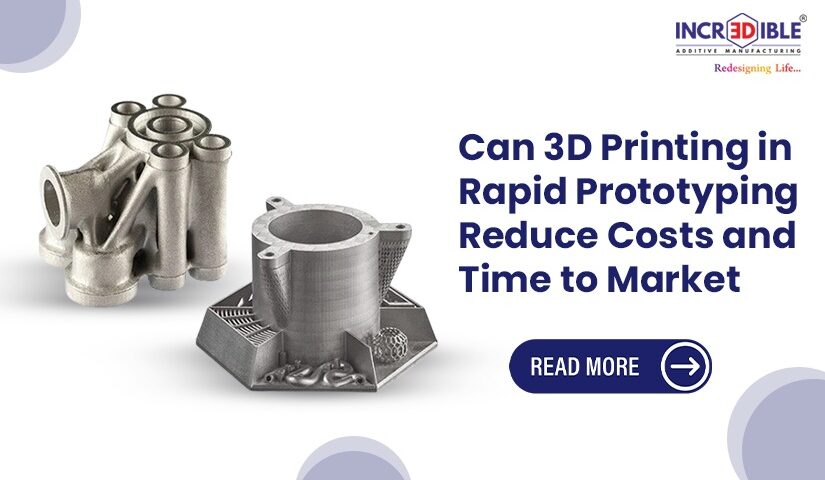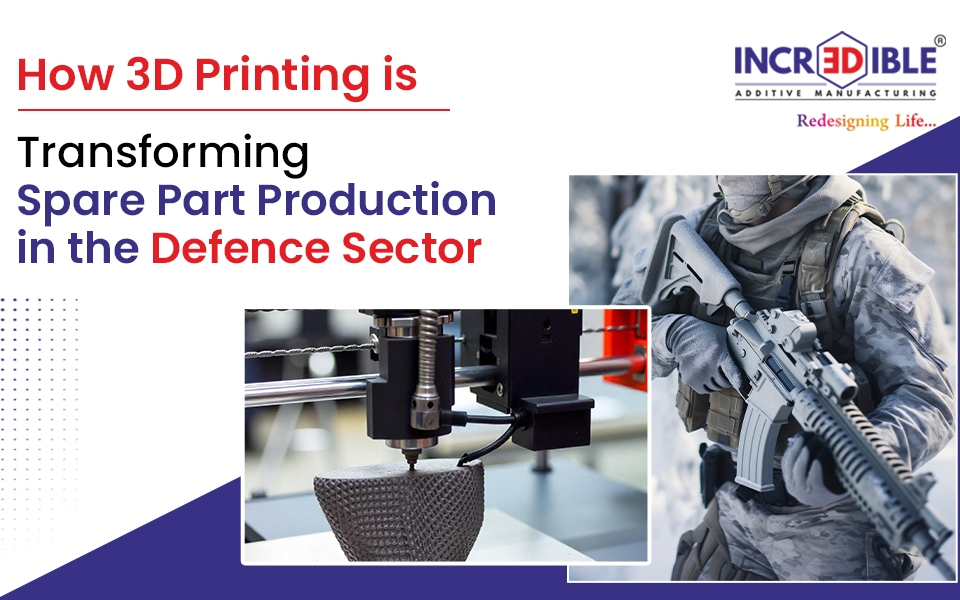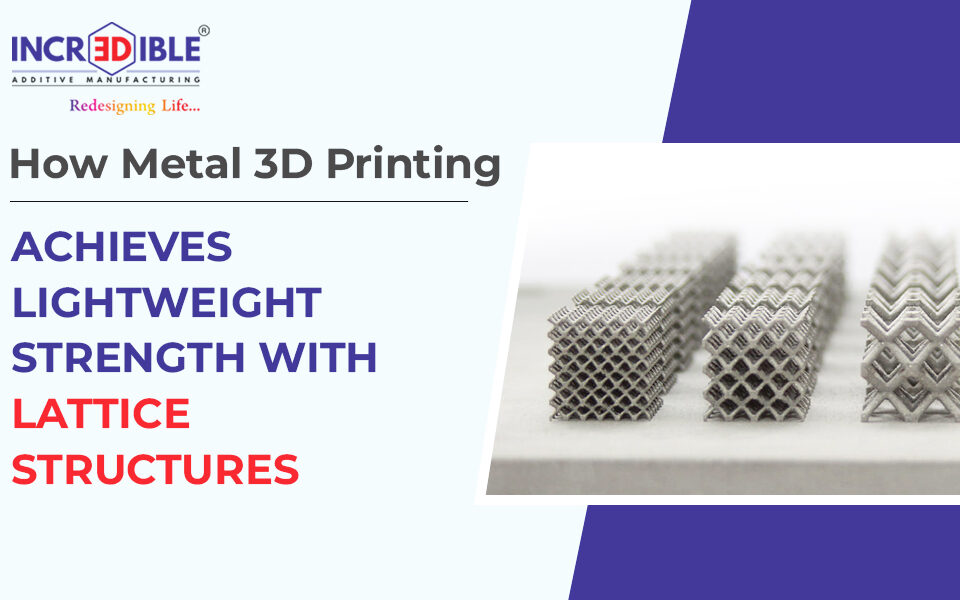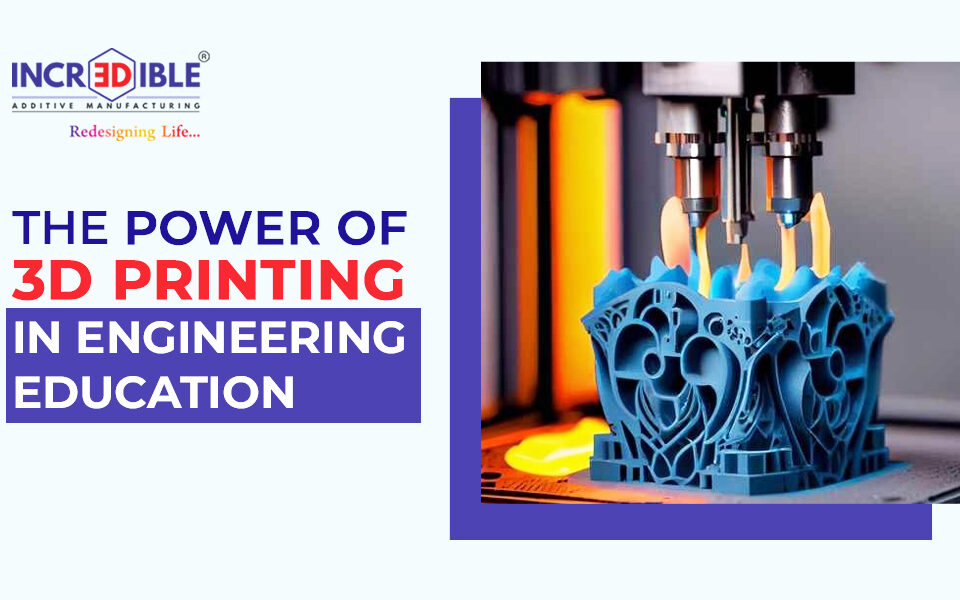Rapid prototyping brings tangible concepts into real material models, significantly reducing the time needed to move from the idea stage to the finished product. It involves models that closely resemble the final product and going through a series of testing and refining processes before manufacturing. Today, with 3D technology like 3D printing to come up with prototypes directly from the CAD designs, development teams have the chance to change features as they are tested in a real-life environment. This approach not only saves time but also reduces costs, making the process of prototyping easier and more effective. By using the element of 3D printing in Rapid Prototyping for operations, businesses can create goods a lot faster and at a lesser cost, thus turning concepts into reality in the market.
How is 3D printing applied in Rapid prototyping?
3D printing has revolutionized prototyping making it cheaper and faster enabling the creation of functional prototypes in a short time This is super important because it helps test and fix designs before the final version is made. By utilizing diverse materials for multiple purposes and eschewing costly tools, 3D printing reduces costs compared to traditional methods.
Moreover, 3D printing expedites the time it takes to introduce goods to the market. In a short amount of time, designers can test and modify a wide variety of ideas. Additionally, 3D printing makes it possible to customize prototypes to meet unique needs and create complicated designs that are difficult to generate using traditional technologies. This flexibility in material and design helps get better products to customers faster and more affordably.
- Lower Prototyping Expenses
3D printing in rapid prototyping slashes prototyping costs significantly. What once cost hundreds of dollars can now be made affordably, making it possible for businesses on tight budgets to continue developing products. This cost efficiency enables more frequent and iterative testing, crucial for refining product designs.
- Quicker Development Cycles
3D printing speeds up product development. Traditionally, creating prototypes involved lengthy processes with external developers. Now, with 3D printers, prototypes are built directly from digital designs in just hours, speeding up the cycle from concept to physical model and allowing for rapid revisions.
- Accelerated Time to Market
3D printing shortens the time needed to launch a product. While traditional methods involve lengthy tooling and machining, 3D printing can produce prototypes in just days. This swift turnaround helps bring products to market faster, giving businesses a competitive edge.
- User-Friendly Process
3D printing offers an easy-to-use process. CAD tools to draw virtual prototypes and then make physical prototypes by 3D-process printing. It removes the complexity of manufacturing knowledge which enables designers and engineers to think creatively and innovatively.
Conclusion
Certainly, 3D printing in rapid prototyping truly reduces the cost and delivery time to market, 3D printing by 3D Incredible reduces the cost of prototyping and allows for easy modifications of the same. It also accelerates the development process, turning designs into physical models in just hours. Plus, it allows for cost-effective customization, letting businesses make changes easily and affordably. This means faster, cheaper product development and a quicker path to market success.




